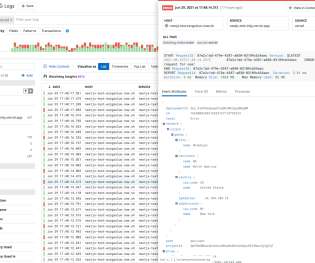USENIX SREcon APAC 2022: Computing Performance: What's on the Horizon
Brendan Gregg
FEBRUARY 28, 2023
My personal opinion is that I don't see a widespread need for more capacity given horizontal scaling and servers that can already exceed 1 Tbyte of DRAM; bandwidth is also helpful, but I'd be concerned about the increased latency for adding a hop to more memory. It's an important vendor-neutral space to share the latest in technology.















Let's personalize your content